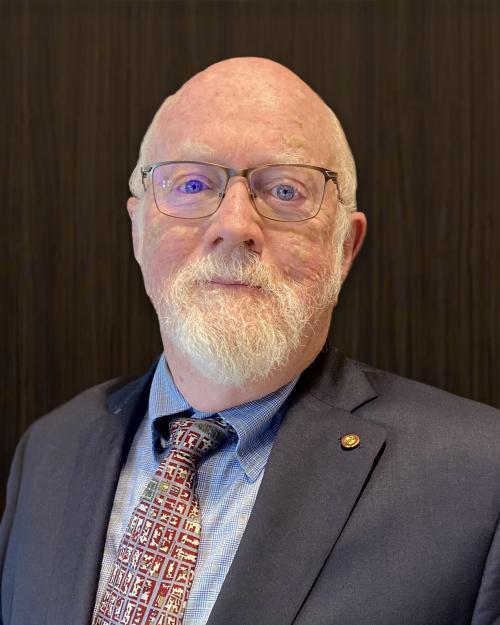
Foliage Penetration Radar
Presentation Menu
This short course is designed to help participants understand how radar systems can
detect and track fixed and moving objects, with an emphasis on forested environments. They will be presented the critical technologies and techniques for designing, and analyses for evaluating these emerging radar systems. Foliage Penetration (FOPEN) Radar is a technical approach to find and characterize man-made objections under dense foliage, as well as characterizing the foliage itself. It has wide application in both military surveillance and civilian geospatial imaging. The key enabling technology is an ultra wideband (UWB) waveform design, which has implications in the hardware specification, signal processing, and most importantly obtaining frequency allocation in the face of increasing use of the electromagnetic spectrum.
Intended Audience
This short course is meant for graduate students and radar system engineers developing advanced radar technologies. The audience will be provided details of the design of VHF an UHF surveillance radars. A series of Matlab programs will be provided and discussed to illustrate the tradeoff techniques for airborne platforms.
Outline and time frame of the Short Course
Session I: (3 hours)
- The early history of FOPEN Radar Battlefield surveillance and the early experiments in foliage penetration radar during the 1960s are covered. There were some very interesting developments in radar technology that enabled our ability to detect fixed and moving objects under dense foliage. During the early 1990s, FOPEN synthetic aperture radar (SAR) systems developed the critical technology for ultra wideband radar operation. The characteristics of these developments, which established a baseline for future FOPEN development, will be covered in detail.
- Phenomena: FOPEN has unique phenomena that affect system design and performance. Experimental data and simplistic models of foliage volumetric and polarimetric scatter, foliage losses and radio frequency interference are detailed, along with first order analytic techniques.
- Image Formation Processing: FOPEN SAR image formation requires ultra-wideband waveforms and wide-angle image collection. The image formation techniques and impact of motion measurement and compensation will be developed.
Session II: (3 hours)
- Radio Frequency Interference (RFI): The requirements for frequency avoidance on transmit, and RFI removal-on-receive is a major design consideration. A summary of the requirements for waveform design are developed, as well as several adaptive processing techniques to remove communications, radio and television effects on image quality.
- Automated Target Detection and Characterization: The signal processing flow to provide efficient target detection is summarized. Polarization and morphological filtering are presented that discriminate man-made versus natural objects. Results are presented in terms of receiver operating characteristics (ROC) performance.
- FOPEN SAR Design: Each critical subsystem for a FOPEN radar system is discussed in terms of the specification and ultra-wideband compensation for resolution and sensitivity. Principal performance metrics are covered, along with the impact of propagation phenomena on performance prediction.
Session III: (2 hours)
- FOPEN Moving Target Indication: The design of radar systems for ground moving target indication (GMTI) is presented, especially for objects that are moving under or behind forests. This section illustrates new technologies that are appearing in the literature that have promise for future multimode operation: the need to detect low minimum discernable velocity movement. Two techniques will be emphasized: Space Time Adaptive Processing (STAP), and Along Track Interferomentry (ATI).
- Bistatic FOPEN System: Multimode operation of GMTI and SAR is demanding on the antenna and signal processing architecture. The operation of bistatic SAR on a small, unmanned platform, in concert with a stationary GMTI illumination waveform, is presented. The “bistatic advantage” is analyzed and illustrated with detailed simulation.
Instructor Short Course History
This short course has been presented in Israel, Singapore, South Africa, and for US companies. The course expands on a history of tutorials presented at IEEE and other International Radar Conferences in United Kingdom, China, France, and Australia.
